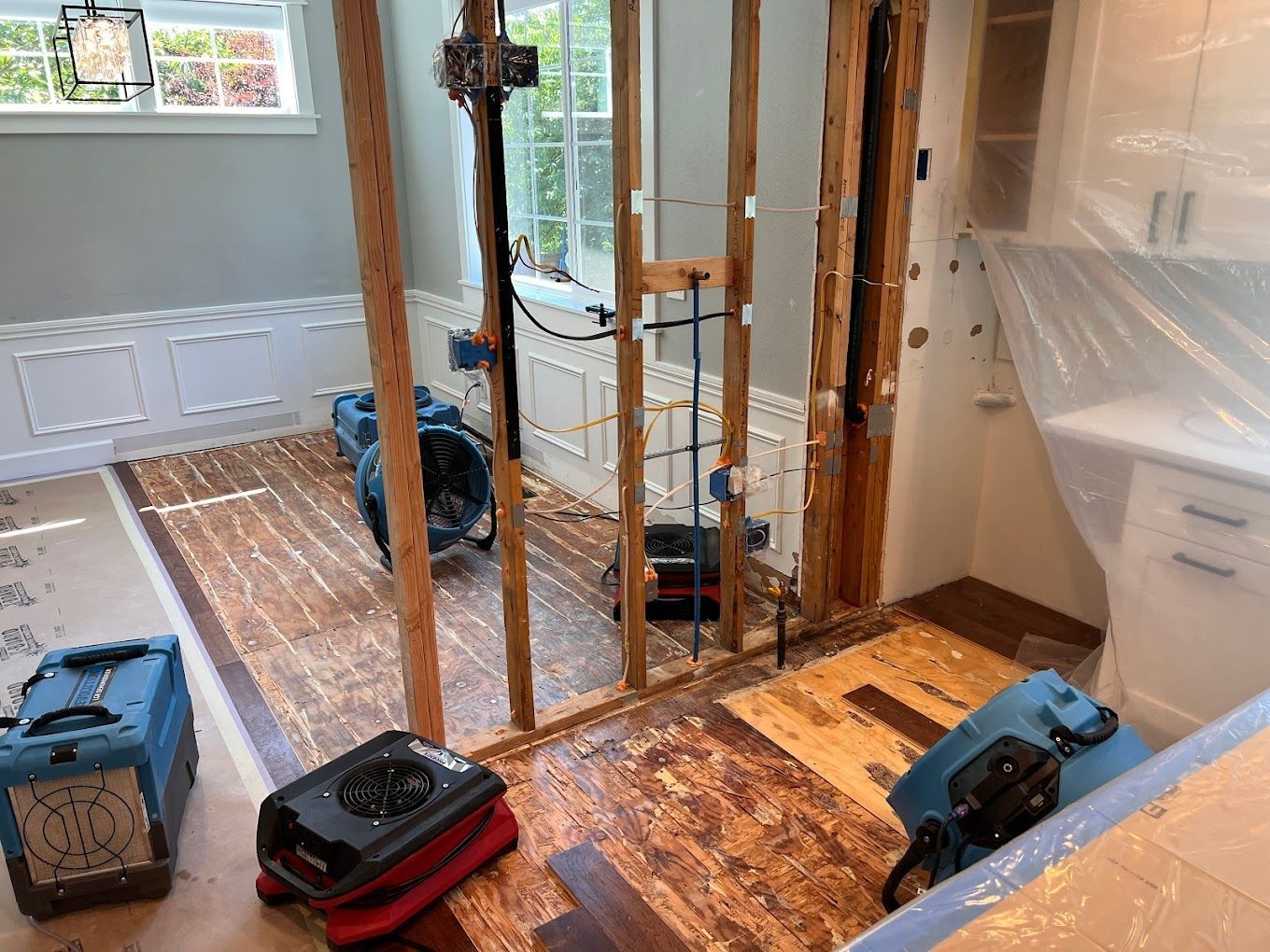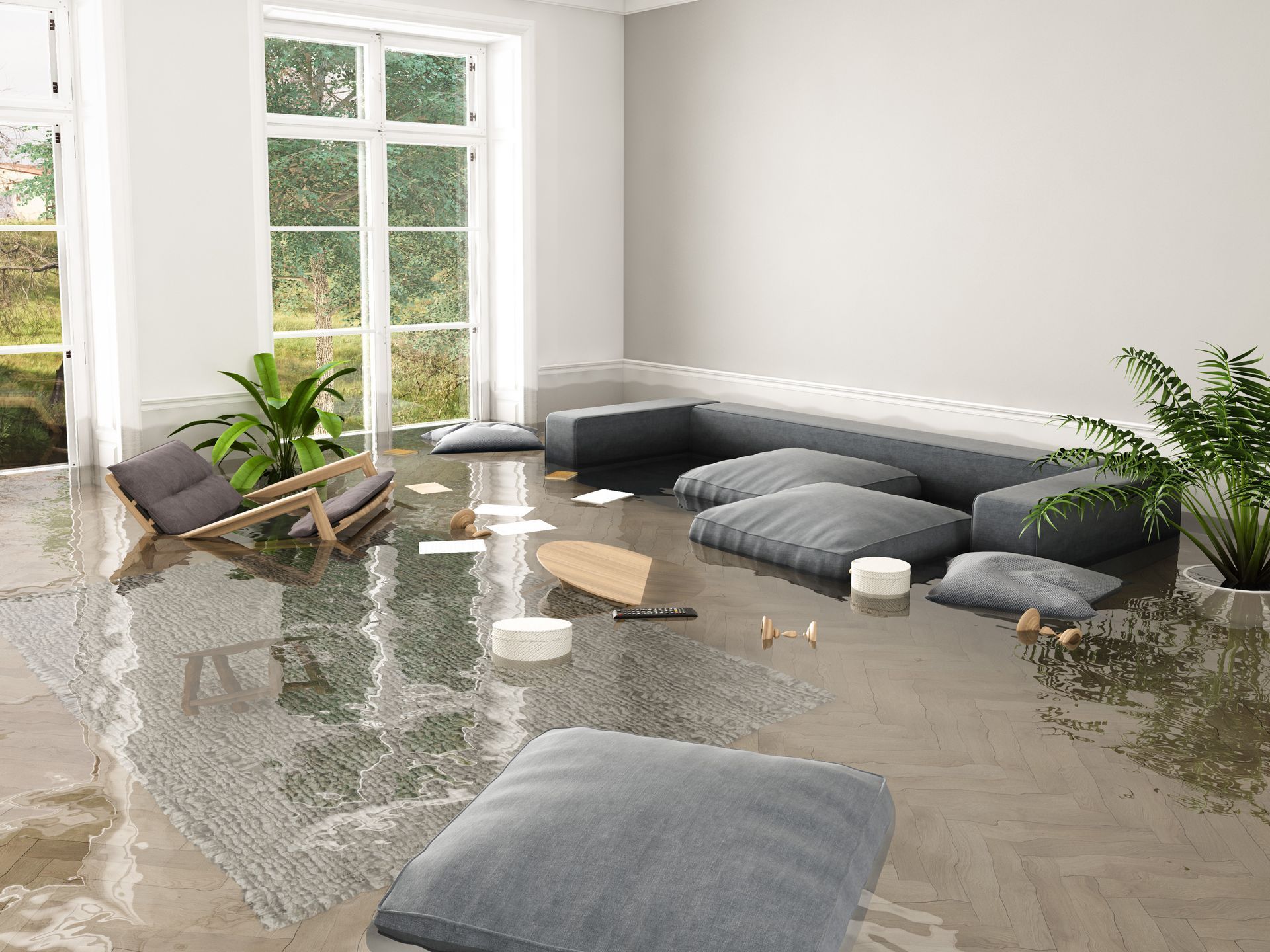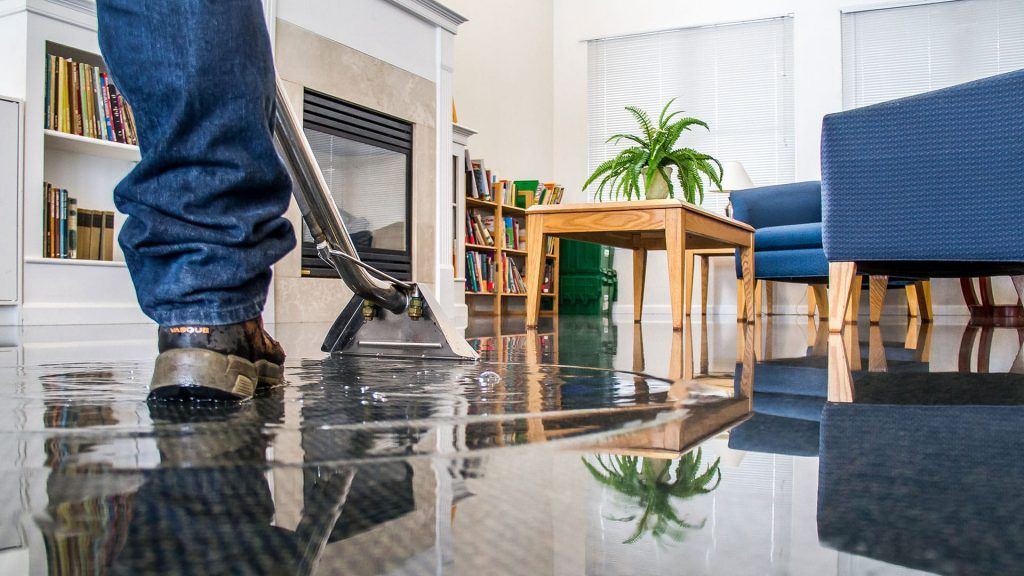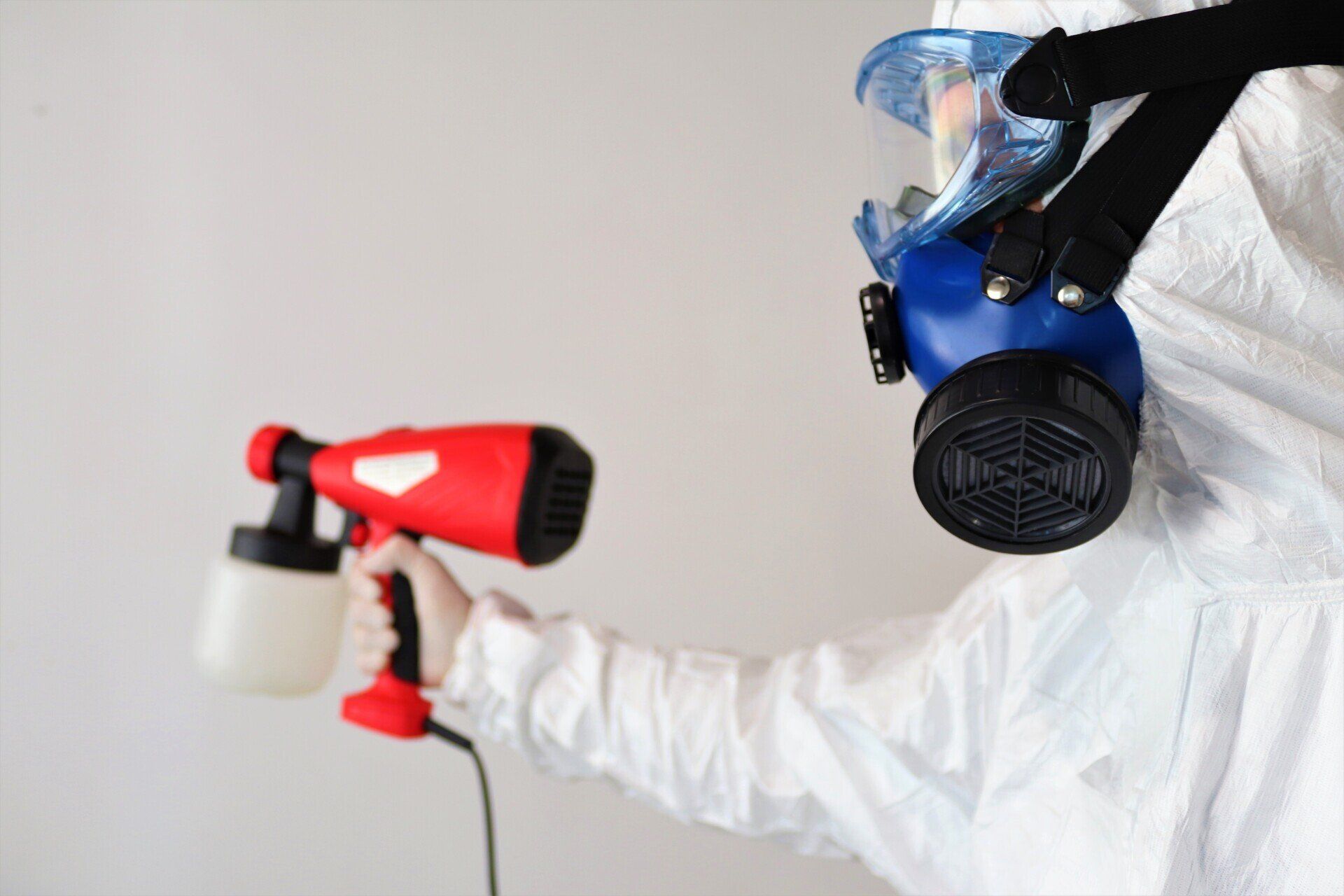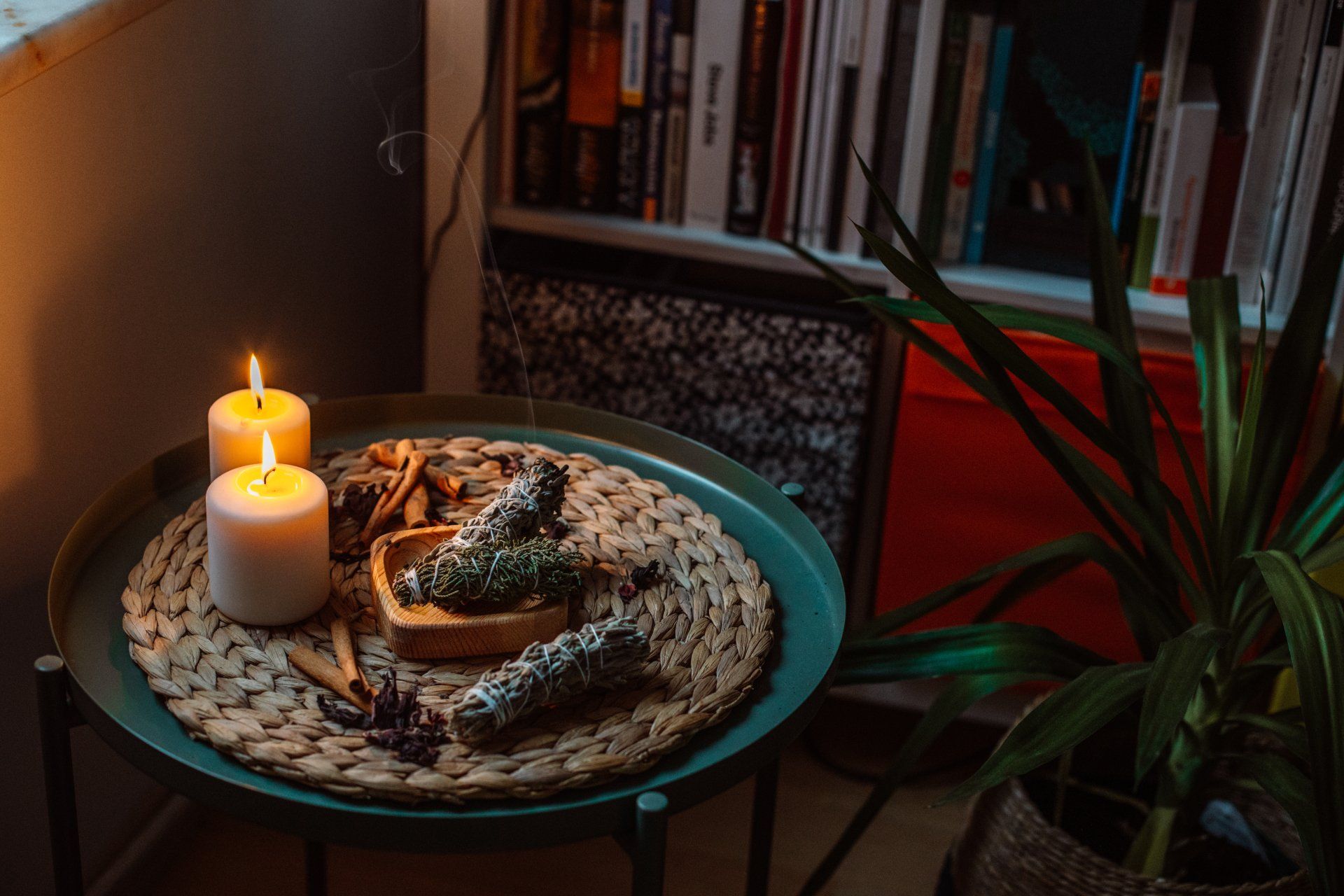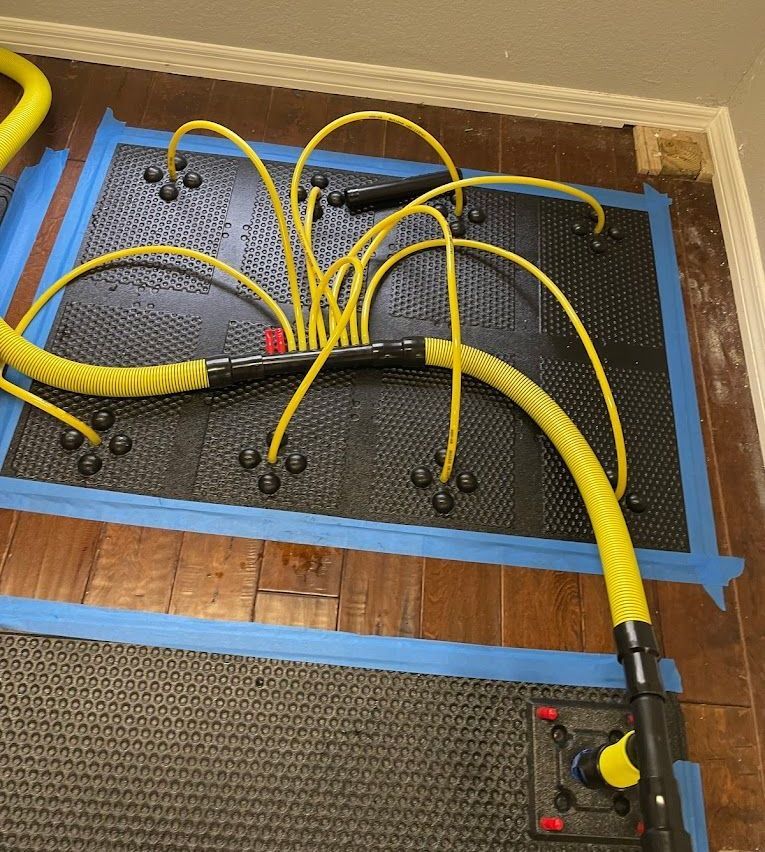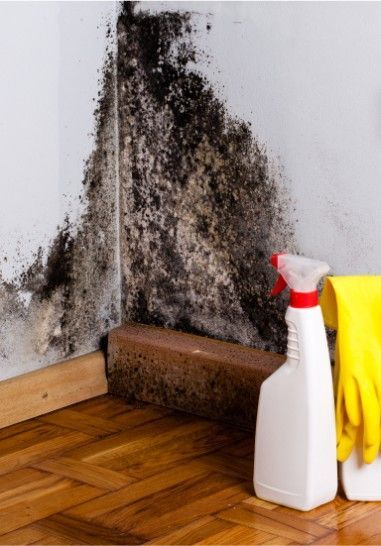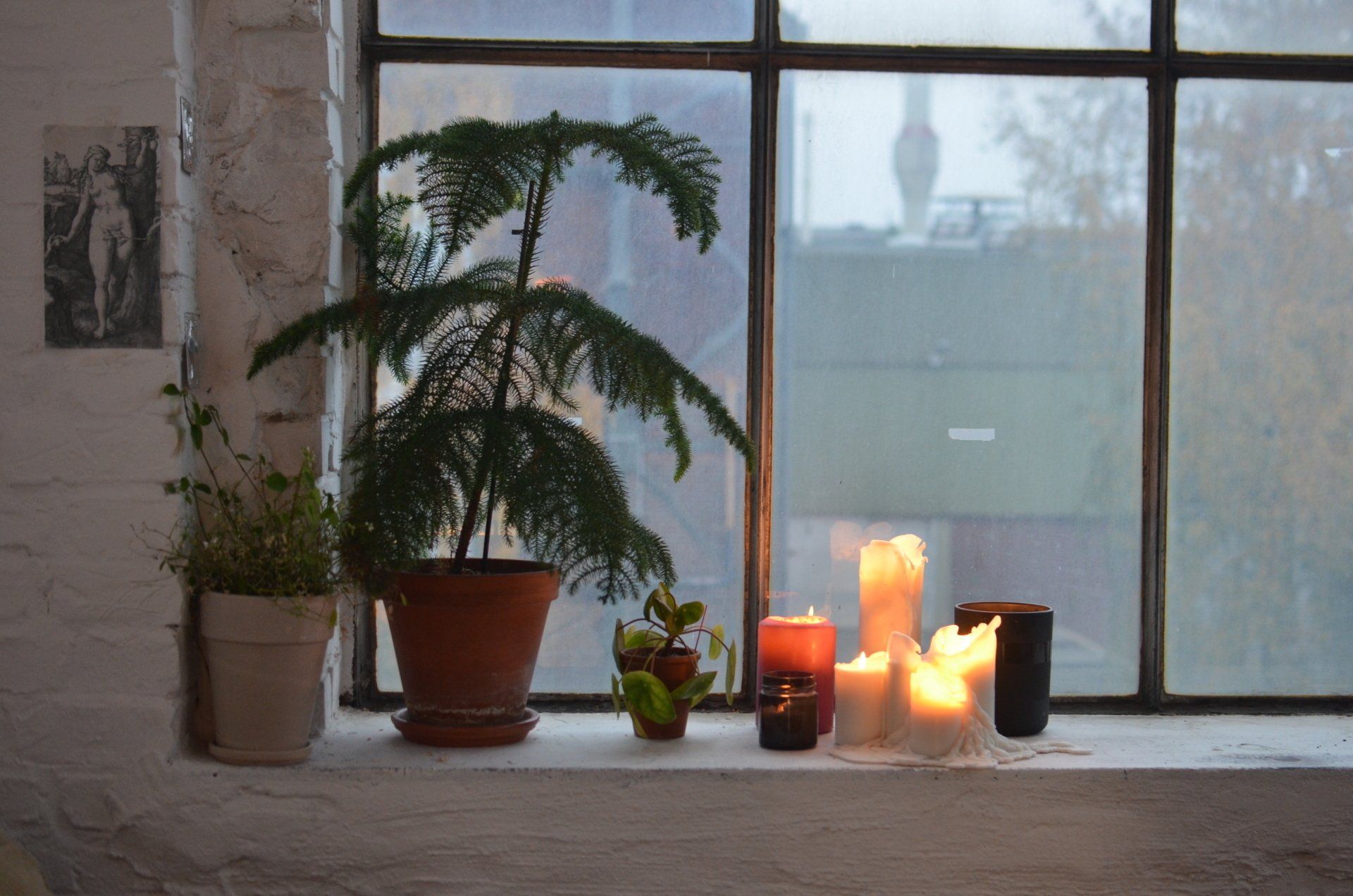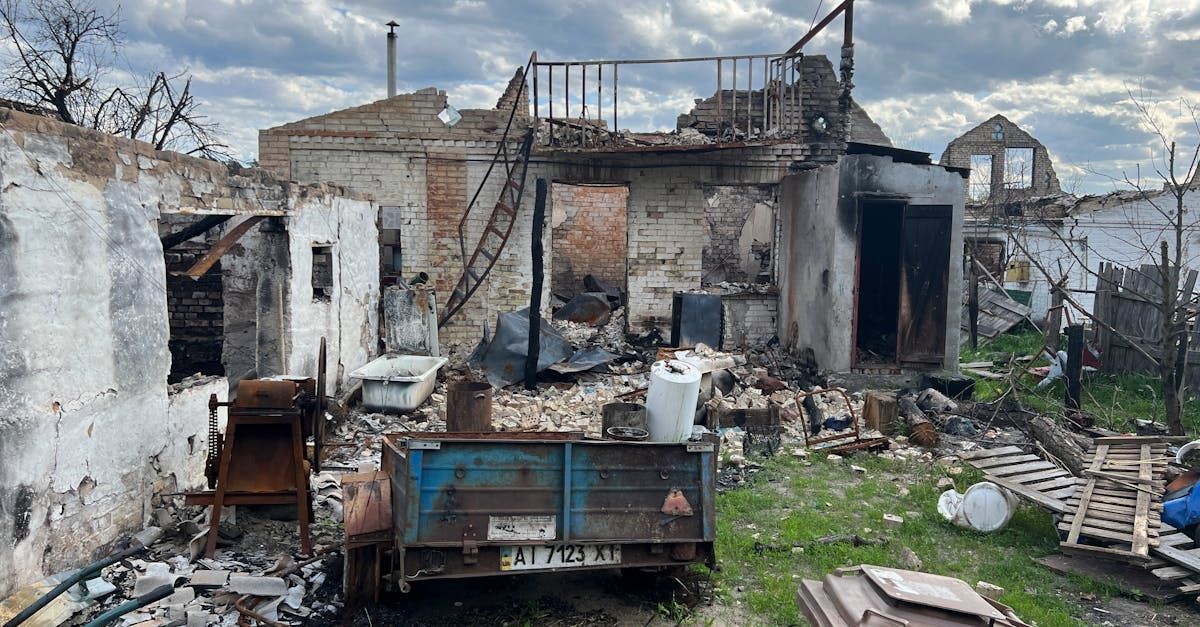Understanding the Causes of Mold Growth in Your Home
Why a Home Mold Inspection is Essential to Keep Your Family Safe
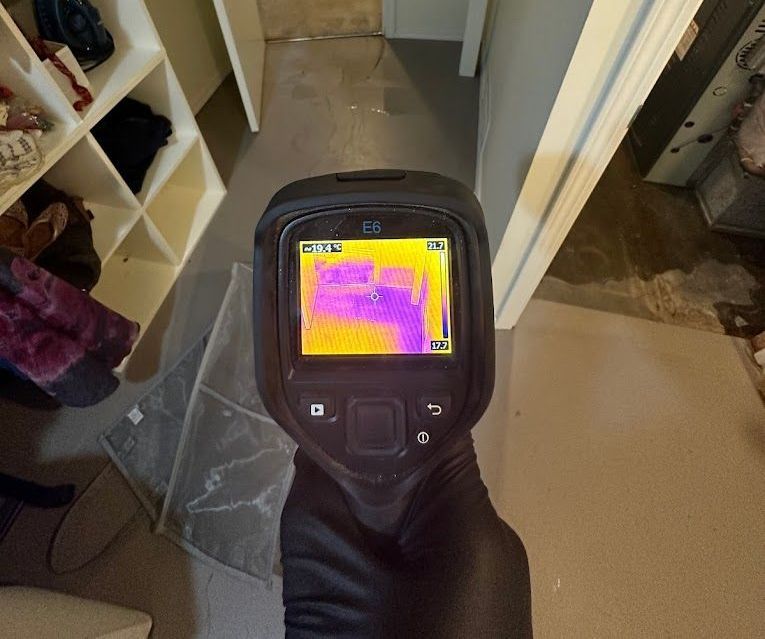
Understanding what causes mold in our homes is crucial to maintaining a healthy living environment. Mold, often a consequence of moist air interacting with materials like drywall insulation, can lead to mildew and other hazardous conditions. The factors causing mold and mildew are varied and can often be elusive. In this comprehensive guide, we will delve into the details of what causes mold growth, its adverse effects, and proactive measures for prevention. Knowing the causes of mold can empower you to take action, ensuring your home remains a safe, mold-free haven.
Understanding the Causes of Mold
What causes mold and the associated factors that foster its growth? Understanding these triggers is fundamental to effective mold prevention. Let's discuss the role of moist air, the vulnerability of drywall insulation, and the conditions that cause mildew.
Moisture
Moisture plays a critical role in mold growth, making it a common occurrence in homes where there is excess dampness or humidity. Various sources of moisture, such as leaks, condensation, and high humidity levels, create the perfect breeding ground for mold. Leaky pipes or roofs introduce water into the structure, often unnoticed until mold becomes visible. Condensation forms on cold surfaces when there's a significant temperature difference, providing ample water for mold.
High humidity levels, often a result of inadequate ventilation or moist air, contribute to a damp environment conducive to mold growth. It's crucial to manage these moisture sources effectively to prevent mold growth and ensure a healthy living environment. Keep in mind that any prolonged exposure to damp and moldy environments can incite respiratory issues and allergies.
Poor Ventilation
Poor ventilation is another significant contributor to mold growth in homes. Inadequate air circulation hinders the evaporation process, allowing accumulated moisture to remain instead of being removed from the air. This often results in high humidity levels, providing an ideal environment for mold proliferation. When spaces such as bathrooms, kitchens, basements, or attics lack proper ventilation, moist air becomes trapped. This moist air, in turn, can seep into drywall insulation, a material that provides a perfect food source for mold.
As a result, these areas become hotspots for mildew and mold formation. Understanding the causes of mold, such as the impact of poor ventilation, is a critical step in taking preventive measures. By ensuring adequate ventilation in your home, you can significantly lower the risk of mold growth and maintain a healthier and safer living environment.
Water Damage
Water damage is another significant factor contributing to the growth of mold in homes. It often creates an ideal damp environment where mold can flourish. Water damage can result from various sources, including severe weather events, leaky roofs, defective plumbing, or flooding. Even minor water damage, such as a small leak, can escalate into a severe mold problem if not addressed promptly and effectively. This is because mold spores naturally exist in the environment and only need a source of moisture and a surface to grow on.
When water permeates into materials like drywall insulation, it can provide the necessary hydration for these spores to develop into visible mold. Furthermore, untreated water damage can cause materials to remain damp for extended periods, creating the perfect conditions for both mildew and mold to thrive. By promptly addressing any water damage, you can significantly reduce the potential for mold growth, ensuring a healthier and safer living environment.
High Humidity
High humidity is a prevalent cause of mold in many homes, playing a pivotal role in its growth by supplying an abundance of moisture. When the moisture content in the air is high, often due to factors such as the environment or indoor activities, it creates a conducive environment for mold to thrive. Everyday indoor activities like cooking, showering, and even breathing can contribute to elevated humidity levels.
These actions release water vapor into the air, elevating the internal moisture levels and, if not adequately ventilated, causing mildew and mold formation. For instance, the steam from a hot shower or the moisture released during cooking can easily condense on surfaces, providing the perfect environment for mold to grow. This excess moist air can seep into materials like drywall insulation, allowing mold to proliferate. Understanding and controlling humidity levels is paramount in preventing mold and ensuring that your living spaces remain healthy and safe.
Poor Insulation
Poor insulation is a less obvious yet significant factor that contributes to the growth of mold in homes. Insufficient or improperly installed insulation can lead to irregular temperature regulation, causing cold spots on walls and ceilings. These cold surfaces often come into contact with warmer, moist air within the home, leading to condensation. This condensation can saturate insulation materials such as drywall insulation, creating an excellent breeding ground for mold spores. Over time, this moisture accumulation can trigger mold and mildew growth, posing health risks and potential damage to the home's infrastructure.
Moreover, poor insulation can allow external moisture to infiltrate, exacerbating the issue. Proper insulation installation and maintenance are crucial to prevent these temperature fluctuations and subsequent condensation, breaking the cycle of conditions that cause mold and mildew. By understanding and addressing insulation-related issues, homeowners can drastically reduce the risks associated with mold growth, ensuring a healthier and safer living environment.
Lack of Sunlight
Lack of sunlight is another factor that contributes to mold growth in homes. Sunlight is a natural mildew and mold deterrent and plays an integral part in retaining a mold-free environment. Areas of the home that receive little or no sunlight often have cooler temperatures and can retain more moisture, creating ideal conditions for mold growth. These dimly lit areas, such as basements, attics, or closets, are frequently the first places where mold issues appear. Sunlight aids in reducing humidity levels, as it helps to evaporate excess moisture in the air and on surfaces naturally.
Moreover, direct sunlight can inhibit mold growth due to its ultraviolet radiation. This radiation is detrimental to mold, inhibiting its ability to propagate. Ensuring areas of your home receive adequate sunlight can be a proactive step in preventing mold growth. By understanding the causes of mold and implementing preventive measures, such as allowing sunlight in your home, you can maintain a healthier and safer living environment.
Poor Cleaning Habits
Poor cleaning habits can significantly contribute to mold growth in homes. Dust, dirt, and other debris act as a rich source of nutrients for mold. When these particles accumulate, they create a conducive environment in which mold can flourish. Often, these substances can be found on surfaces and in areas that aren't regularly cleaned, such as underneath furniture or corners of rooms.
Moreover, failing to promptly clean up spills and other sources of moisture can trigger mold growth. Liquids that are left to sit can soak into materials like drywall insulation, providing the moist environment mold needs to proliferate. Over time, this moisture can cause mildew and mold, potentially leading to health issues and infrastructural damage to your house. Regular and thorough cleaning, along with prompt attention to spills, is crucial in preventing mold growth. By understanding the causes of mold and improving cleaning habits, you ensure a healthier and safer living environment.
Organic Materials
Organic materials play a significant role in mold growth, providing the necessary nutrients for mold to thrive. Substances such as wood, paper, and fabric are organic in nature and can serve as a food source for mold when combined with a moist environment. Similarly, building materials like drywall insulation can also foster mold growth if they become damp or wet. While these materials are not organic themselves, they can trap organic dust and debris within their structure, providing mold with the sustenance it needs. Moreover, the porous nature of these materials allows them to retain moisture for extended periods, creating an ideal environment for mold.
Over time, these damp materials can cause mildew and mold, potentially leading to a range of health issues and infrastructural damage. Understanding what causes mold growth on organic materials and maintaining a dry environment can help prevent mold proliferation, ensuring a healthier and safer living space.
How to Prevent Mold in Your Home
Proactively preventing mold in your home is essential for maintaining a healthy living environment. This involves understanding various strategies that safeguard your home from conditions that cause mildew and mold.
- Monitoring Indoor Humidity Levels: Ensure that the humidity inside your home stays below 60%. High humidity levels can cause mildew and mold growth, especially in damp areas. Hygrometers, available in most hardware stores, can help monitor these levels effectively.
- Proper Ventilation: Bathrooms and kitchens generate a lot of moist air, which can cause mold. Using exhaust fans during and after cooking or showering can significantly reduce moisture and prevent mold growth.
- Fixing Leaks: Water damage is a leading cause of mold in homes. Prompt action to fix leaks, no matter how minor, helps prevent damp areas where mold thrives. Regular inspection for water damage can also prevent mold from taking root.
- Adequate Insulation: Poor insulation can lead to condensation, a major source of moisture that can cause mold. Ensuring that your home, especially walls and roofs, are properly insulated prevents this condensation.
- HVAC System Maintenance: HVAC systems, if not maintained, can circulate mold and other allergens. Regular cleaning and replacement of filters and ducts can reduce the risk of mold growth and improve air quality.
- Regular Cleaning: Dust and debris provide nutrients for mold. Regularly cleaning and dusting your home helps to eliminate these potential food sources for mold and mildew.
- Mold-Resistant Products: When renovating or for new constructions, consider using mold-resistant products, especially in high-moisture areas like bathrooms and basements. These products, such as mold-resistant drywall or paint, can help prevent mold growth.
Mold Problems? Call All Things New Restoration!
Several factors contribute to mold growth, including lack of sunlight, poor cleaning habits, and the presence of organic materials. Understanding these causes empowers homeowners to prevent mold and mildew in their homes. Control measures include monitoring indoor humidity levels, proper ventilation, quick response to any leaks, ensuring adequate insulation, regular HVAC system maintenance, in-depth cleaning routines, and using mold-resistant products during construction and renovation. All these strategies help create a healthier, safer living environment.
Should you encounter any mold problems, remember that All Things New Restoration is your go-to solution. Our experts are trained to address all types of mold situations, providing thorough cleaning and remediation services to ensure your home is mold-free. Don't let what causes mold ruin your home and health. Take action now! Call All Things New Restoration for an inspection, and let us help you maintain a clean, healthy, and safe home.

